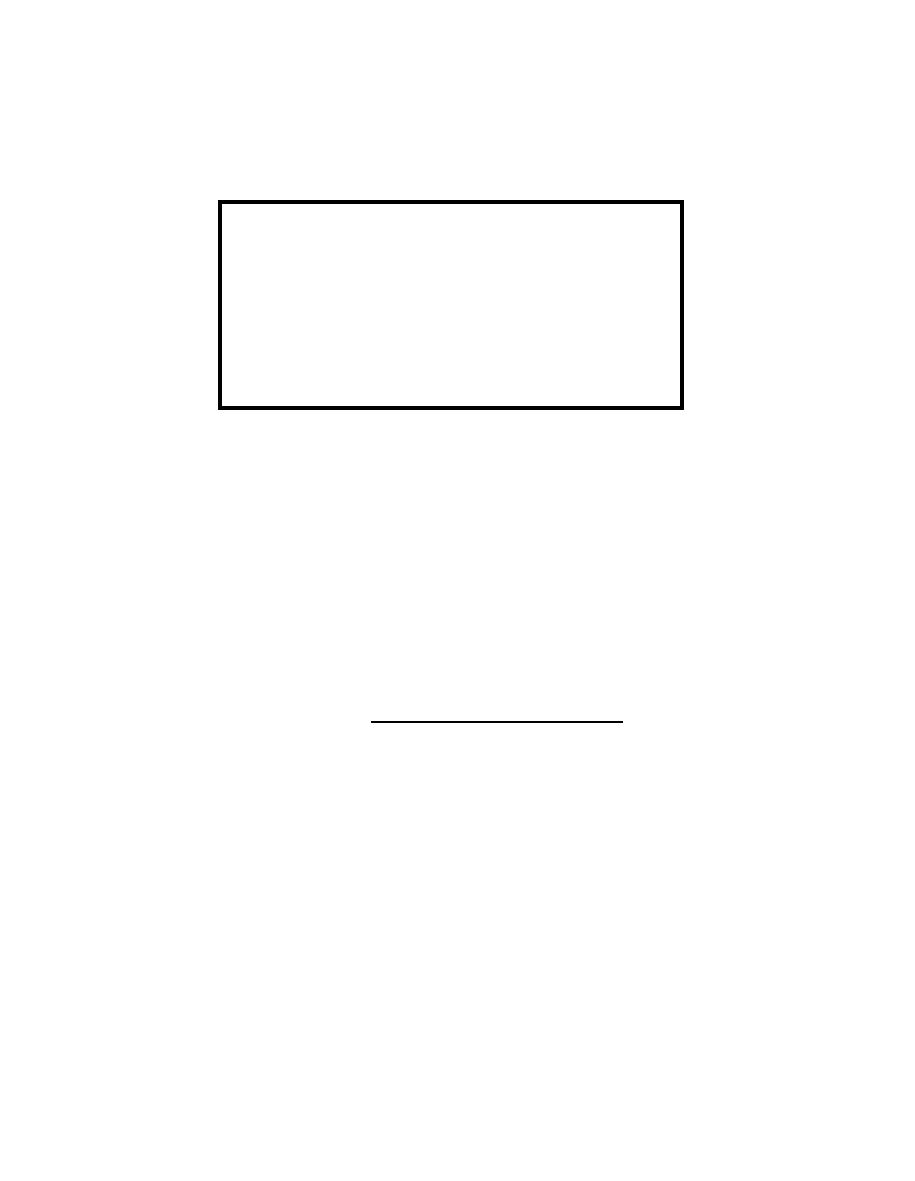

Custom Search
|
|

|
||
 Apply a generous, smooth-finished topcoat of the polyester resin mixture
q
on the final lamination. The topcoat will be pigmented with 4 ounces of
white color pigment per gallon of resin.
NOTE
Personnel applying the FPR may, in lieu of the
l a m i n a t i o n s of fiberglass mat, use a chopped
fiberglass-polyster lamination sprayed on the surface
being refinished at the rate of 2 ounces per square
foot.
If breaks occur on the surface such as around the tension bar, padeyes,
q
and bolts and studs, the FPR coating will be edge-finished carefully using
polyester resin.
5 . 4 . 4 PAINT COATINGS. General coating operations, materials, and safety
precautions are described in NAVFAC MO-1 10, "Paints and Coatings. " The
recommended coating system for mooring buoys is the Navy epoxy-polyamide
system for interior and exterior ship surfaces (M IL-P-24441). Procedures for its use
are thoroughly described in the Naval Ships Technical Manual (NAVSEA S9086-AA-
STA-00). For optimum results, this coating should be applied to dry steel cleaned to
a near white metal surface.
The above coating should be applied in three coats, each at about 4-roil
q
film thickness, to give an approximate 3-roil dry film thickness per coat
and a minimum 8-roil total dry film thickness. There should be 16 hours
of curing time between coats. The first coat should be the green primer
(Formula 150); the second, haze gray (Formula 151); and the third, white
(Formula 152).
58
|
 |
|
 |
||